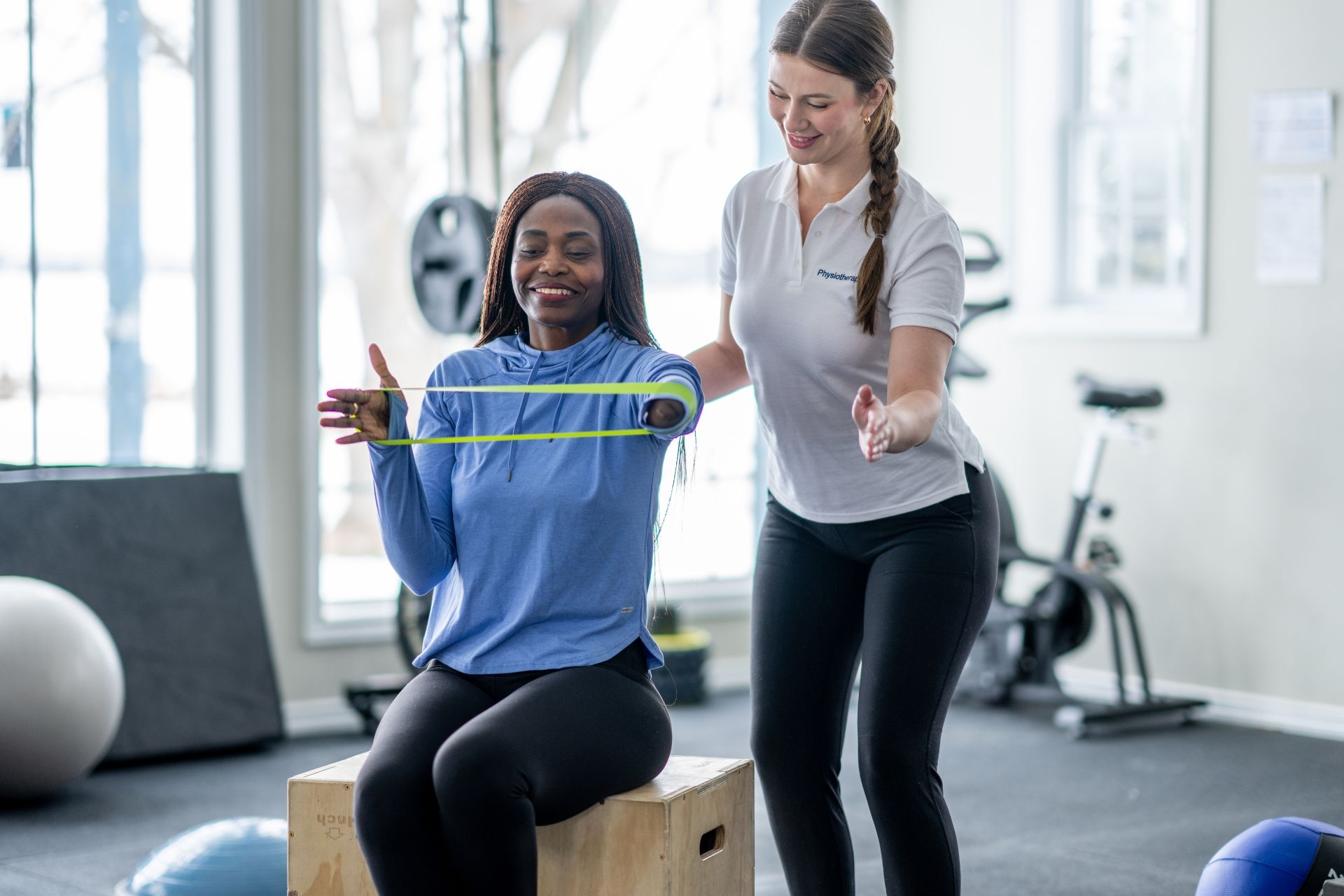Autoregulatory Progressive Resistance Exercise
How does autoregulatory progressive resistance exercise differ from traditional resistance training methods?
Autoregulatory progressive resistance exercise differs from traditional resistance training methods in its emphasis on adjusting the intensity of each exercise session based on the individual's real-time performance. This approach allows for more personalized and dynamic workout routines, as the resistance levels are not predetermined but rather determined by the individual's current capabilities.
Progressive Overload Methods In Personal Training



